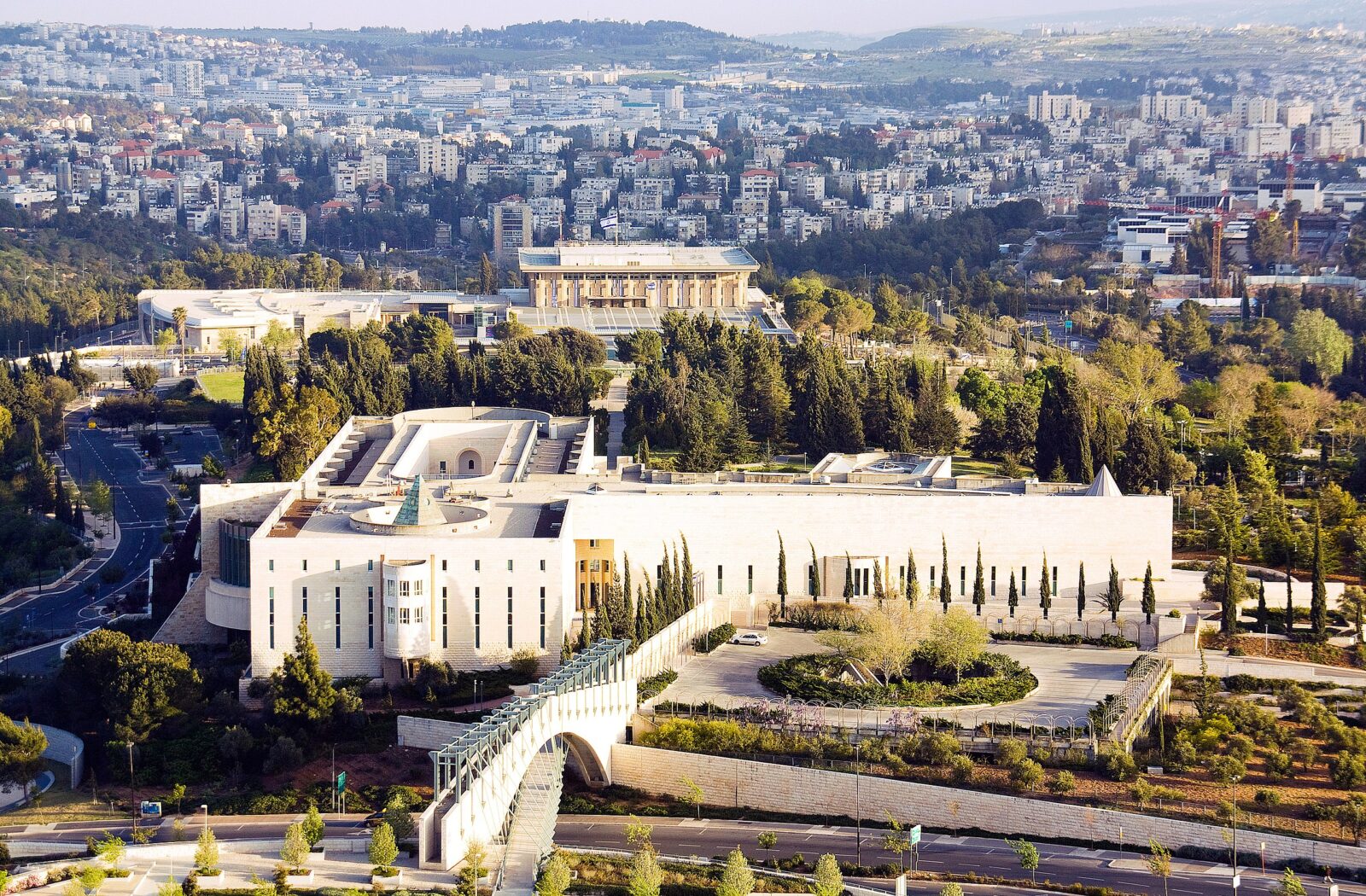We fight for attention. We fight for resources. But perhaps we fight most over our own sense of legitimacy – that we belong, deserve a good place in society, and are worthy of regard. This holds true both for us as individuals and for us as families, groups, communities, and even entire countries. In addition to the many presenting issues in the polarization of Israel’s society – not to mention American society and that of so many democracies around the world – legitimacy may be at the forefront.
For 75 remarkable years, Israel’s Supreme Court has been the center of conferring legitimacy upon leaders, governments, and social norms. Its 15 justices serve as a unique combination of rabbinic sage, Platonic “philosopher-king,” and the High Priests of justice. Its strength did not derive from its institutional framework so much as its social framework. It is of little wonder, then, that so much furor has arisen at prospective changes to this key institution in Israel.
Without getting into the details of the “judicial reforms,” “judicial coup,” or any overstatements and understatements about the present political situation in Israel, we would do well to redouble our focus on the notion of legitimacy itself – and the forces that bestow it or take it away, notably within a Jewish framework. This week’s Torah portion, Parshat Tzav (Leviticus 6:1 – 8:36), does just that.
Leviticus 8, in particular, relates the “laying on of hands” and formal consecration of the Priesthood. It is among the quintessential scenes of conferring legitimacy upon representatives of the people in holy work of transcendent purpose. We read in Leviticus 8: 5-13:
Moses said to the leadership, “This is what God has commanded to be done.”
Then Moses brought Aaron and his sons forward and washed them with water.
He put the tunic on him, girded him with the sash, clothed him with the robe, and put the ephod on him, girding him with the decorated band with which he tied it to him.
He put the breastpiece on him, and put into the breastpiece the Urim and Thummim.
And he set the headdress on his head; and on the headdress, in front, he put the gold frontlet, the holy diadem–as God had commanded Moses.
Moses took the anointing oil and anointed the Tabernacle and all that was in it, thus consecrating them.
He sprinkled some of it on the altar seven times, anointing the altar, all its utensils, and the laver with its stand, to consecrate them.
He poured some of the anointing oil upon Aaron’s head and anointed him, to consecrate him.
Moses then brought Aaron’s sons forward, clothed them in tunics, girded them with sashes, and wound turbans upon them, as God had commanded Moses.
The ritual continues forward, with Moses making a sacrifice as part of the ritual of anointment and expiation. The priests are then to remain at the Tent of meeting for seven days and nights.
From these rituals of consecration, we learn two key aspects of legitimacy from the way in which the priesthood gains it: time and social distance.
The priests did not simply become leaders of sacred rituals overnight – but had to remain cloistered after their initiation, no doubt engaging in spiritual and social preparations for their new roles. Some might suggest that their separation from the people was problematic and created a situation in which they were not held accountable for their public leadership. Yet these passages from the Torah also indicate that distance can be important in removing the priests from the fray of politics and ensuring their singular focus on service to God.
These two principles of time and social distance are worth considering in connection to possible changes to the Israeli Supreme Court. First, no profound changes can take place overnight. If it took priests time to make sense of their new roles, it took wider Israelite society far longer to make sense of the priesthood as an institution. One cannot change the Israeli Supreme Court in haste and expect society to keep up.
Second, there is a tension between establishing a priestly distance from politics and ensuring accountability to the people in a modern democracy. That the ancient priesthood prioritized perspective suggests that distance is not inherently problematic but should be measured with care and regard for the higher purpose of the institution.
Even as tensions continue to flare in Israel, we would do well to look beyond the rhetoric and see how best to ensure that its very arbiters of legitimacy in the Supreme Court can strengthen their own. We can do so through gradual institutional change that allows its justices to maintain a healthy distance from politics while taking care to avoid too much distance from the society that they ultimately serve.

Joshua Stanton is Rabbi of East End Temple in Manhattan and the Director of Leadership Formation at CLAL – The National Jewish Center for Learning and Leadership. He serves on the Board of Governors of the International Jewish Committee for Interreligious Consultations, which liaises on behalf of Jewish communities worldwide with the Vatican and other international religious bodies.

